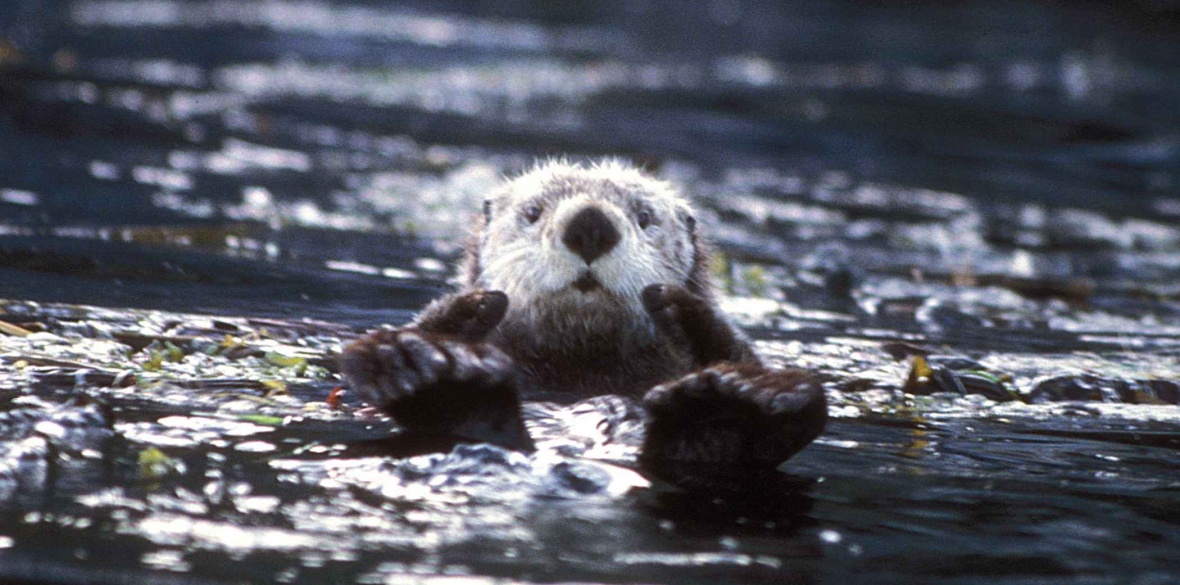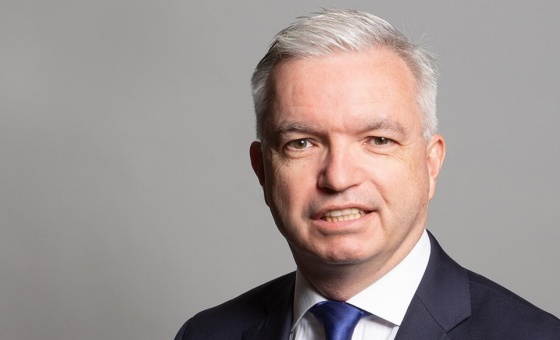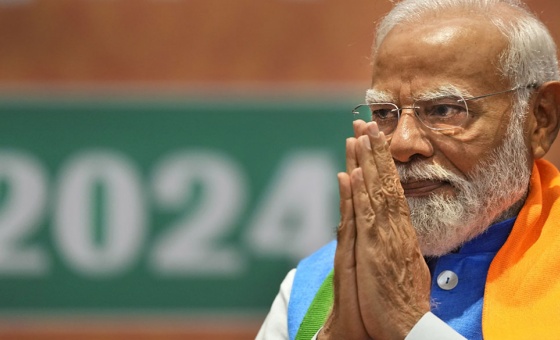This is the last article you can read this month
You can read more article this month
You can read more articles this month
Sorry your limit is up for this month
Reset on:
Please help support the Morning Star by subscribing here
THERE is often much doom and gloom when it comes to the questions of climate change and biodiversity destruction.
There are big expectations for the upcoming Cop26 meeting in Glasgow, where it is hoped countries will put their money where their mouths are and set about making the changes needed to save the planet.
However, there is good news about things already happening to address the crisis. The recent Earthshot series on BBC1 told of a number of excellent initiatives across the world to deal with the environmental emergency.
The Earthshot programme focuses on the five areas of biodiversity, climate change, pollution, ocean destruction and waste. There are to be five awards of £1 million each made every year for the next 10 years.
The TV series provided a narrative on the problem but then some real causes for hope. So there was Singapore, where the use of biophilic design, which sees the like of green walls, trees etc incorporated in the development of urban landscapes to counter pollution.
In Mexico, there was an artist painting murals on the side of buildings with airlite paint that actually counters pollution.
In Ghana, thanks to a grassroots campaign, there is an extensive and growing renewable energy project. The campaigners managed to persuade those in government against investing in coal-powered energy, going instead for renewables.
There was regenerative farming in Australia, where farmers are learning from the ancient practices of the native aboriginal peoples, including simple but obvious ways of living — such as moving animals around, thereby encouraging growth of fields and feed.
On biodiversity, rewilding can do so much to improve the situation by helping to absorb carbon dioxide, as well as increasing biodiversity.
In Britain, there are some excellent peatlands that if handled properly absorb huge amounts of CO2. Managed wrongly, the same lands will emit CO2.
The introduction of key species like longhorn cattle and beavers have a dramatic impact on the landscape.
In the Earthshot series there was a feature on the positive impact of reintroducing wolves to Yellowstone National Park. This helped control the burgeoning levels of deer, which in turn led to more tree growth and less CO2.
The sea otter is a key species in the oceans. It eats urchins, which hoover up CO2-absorbing kelp, so the reintroduction of the sea otter has seen the rebirth of the kelp forests, increasing the level of CO2 being absorbed.
At the end of each of the programmes, the Duke of Cambridge introduced the three finalists for the Earthshot prize. All have been excellent, well meriting the £1 million prize money.
If only five out of the 15 projects shortlisted can win the prizes, then maybe the British government can come up with the rest of the funds to support the unlucky losers?
So there is much going on to be positive about on climate, biodiversity, pollution and waste reduction. A cause for optimism that given the will, the planet can be saved.











